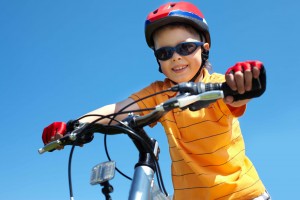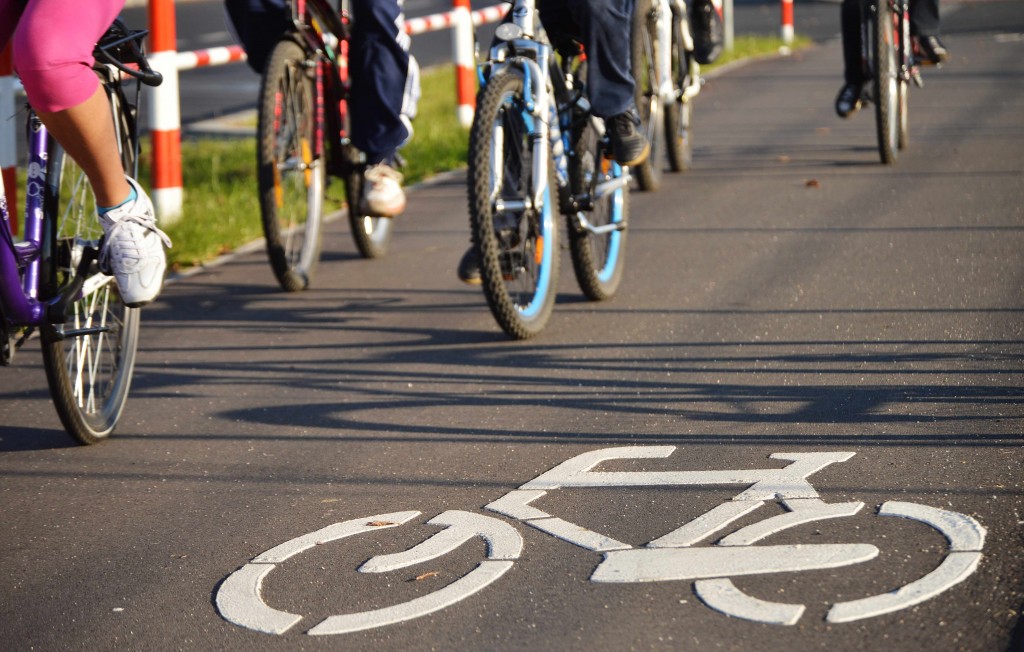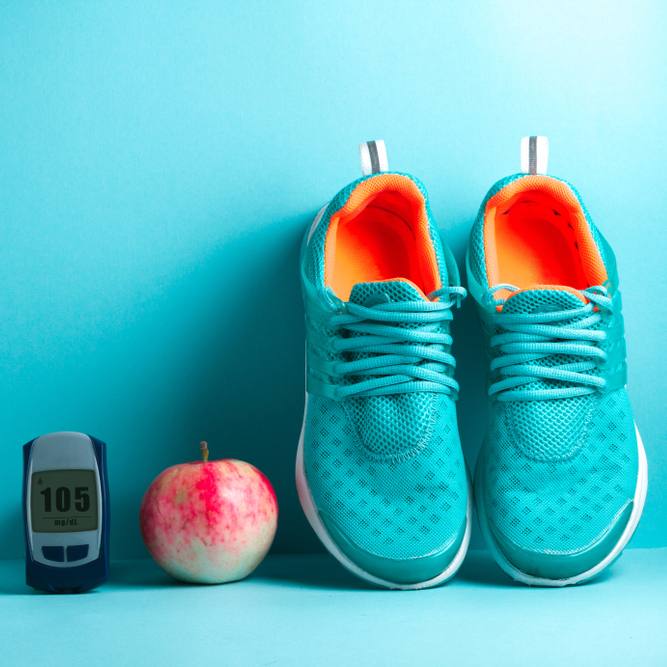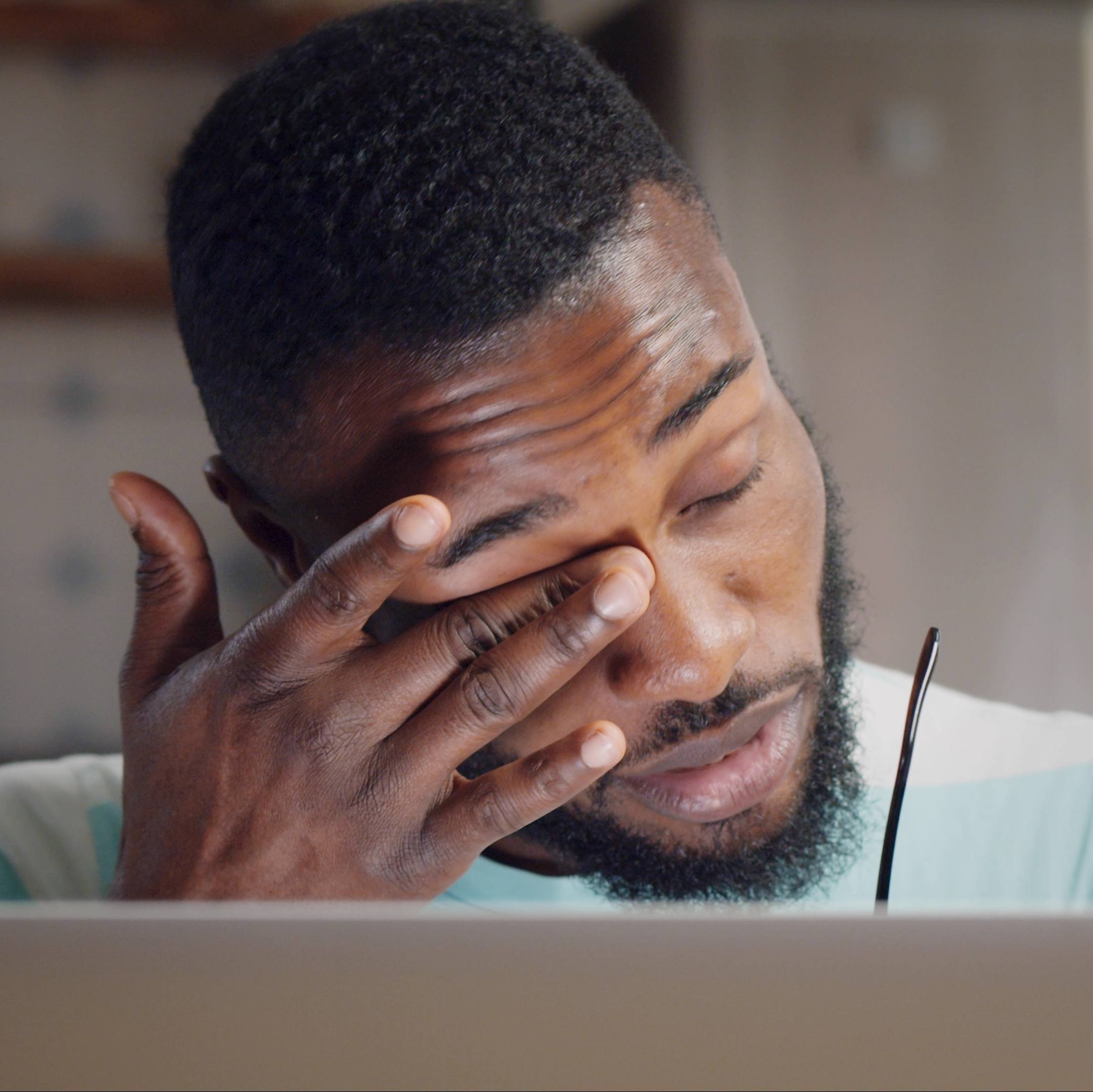-
Play it Safe on Your Bike, Skateboard or In-Line Skates
LAKE CITY, Minn. — Learning to ride a bicycle is a part of most childhoods in the U.S. More than 70 percent of children between the ages of 5 and 14 ride bicycles, and 55 percent of those children don’t always wear a helmet, according to the National Center for Injury Prevention and Control. At the same time, in-line skating and skateboarding are also popular.
Next to motor-vehicle injuries, bicycles injure more children any other consumer product, per the National SAFE KIDS Campaign. Head injuries are the most common and often most serious injury sustained on a bike, in-line skates, scooters or skateboards. Wearing a helmet can reduce the risk of death or injury due to a head injury.
“Summer weather promotes great outdoor activities, such as biking and skateboarding,” says Steven Adamson, M.D., Emergency Department director Mayo Clinic Health System in Lake City. “However, bicycle and skateboard injuries are far too common in the Emergency Department. Wearing a helmet and appropriate safety gear along with following safety rules can prevent many injuries. Adults and kids need to take appropriate safety precautions.”
Wearing a helmet whenever riding a bicycle, in-line skating or skateboarding should be an automatic habit for anyone, regardless of their age. It’s important that the helmet be fitted to each person. If purchasing a helmet for a child, be sure to take the child along. A child may be more likely to wear a helmet if they pick it out and it’s fitted properly. If a child participates in more than one wheeled sport (bike, in-line skates, skateboards, scooters or other) be sure to choose a multi-sport helmet.
In addition, it’s important to wear protective gear when skateboarding or in-line skating — elbow and knee pads, gloves, helmets and wrist guards.
Many bicycle crashes and injuries can be prevented by simply following road safety rules:
- Stop before riding into traffic from a driveway, sidewalk, parking lot or other street.
- Look left, right and left again to check for cars.
- If the road is clear, enter.
- Ride on the far right of the road, with traffic.
- Ride so cars can see you, wearing brightly colored clothes — especially at night.
- Obey all traffic signals and stop signs.
- Look back and yield to traffic coming from behind before turning left.
- Ride bicycles in single file.
- Look for uneven pavement or other surface problems.
- Use hand signals to signal turns and stops.
Skateboard safety
Even experienced skateboarders can fall, so learning how to fall safely can help reduce the risk of severe injuries. The following are recommendations from the National Safety Council about how to fall correctly:
- When losing your balance, crouch down on the skateboard so your fall is short.
- Try to land on fleshy parts of your body.
- Try to roll as you fall, which prevents your arms from absorbing all the force.
- Try to relax rather than remaining stiff.
When riding a skateboard, be sure to obey all traffic rules, do not hitch rides from bicycles, cars or other vehicles, and only practice tricks in designated skateboarding areas.
Wheeled sports provide great exercise. The use of the right safety equipment — helmets, knee and elbow pads, and wrist guards — can help ensure the sport is also fun.
# # #








